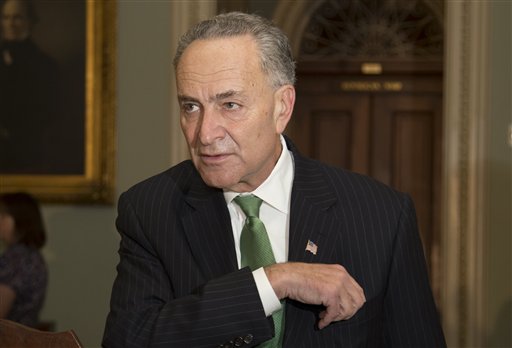Feds to pay for Montague Street Tunnel repairs
MTA won't get stuck with bill

Budget Battle_Lieb (3).jpg
First free rides on the R train were announced and then it was learned that the federal government would pick up most of the multi-million dollar tab for repairing the Sandy-damaged Montague Street tunnel.
R train riders, who have had to put up with major inconveniences stemming from the closure of the Montague tube, got a double dose of good news on Friday.
The federal government has agreed to pick up 90 percent of the costs of repairing the Sandy-damaged tube, it was announced.
